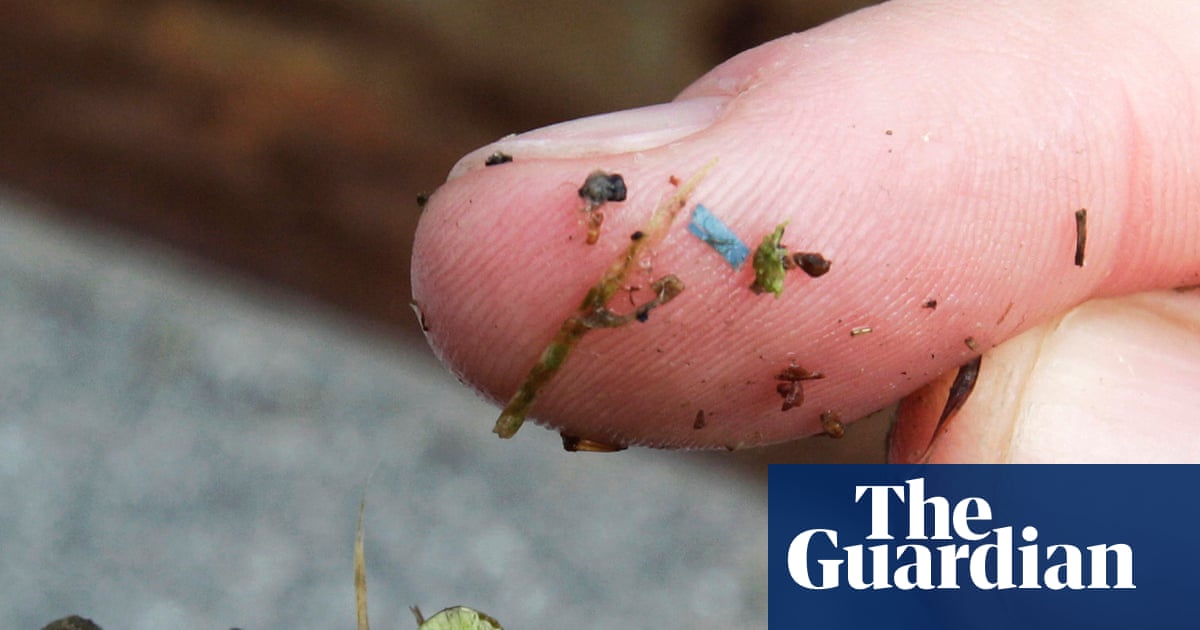Summary: Researchers uncovered why a Colombian woman, despite carrying a genetic defect for Alzheimer’s, remained cognitively healthy into her 70s.
The key lies in her possession of two copies of the rare Christchurch mutation in the APOE gene, which they replicated in a mouse study. This mutation breaks the link between amyloid beta accumulation and the later cognitive decline phase.
The research suggests a new avenue for Alzheimer’s prevention, focusing on mimicking the effects of this mutation to halt the disease’s progression.
Key Facts:
- The woman remained mentally sharp despite significant amyloid buildup in her brain, thanks to the Christchurch mutation.
- The mutation prevents the accumulation of tau protein, which is crucial in Alzheimer’s progression.
- This discovery could lead to new methods to prevent Alzheimer’s dementia, particularly by halting the harmful effects of amyloid accumulation.
Source: WUSTL
Alzheimer’s disease has plagued one large Colombian family for generations, striking down half of its members in the prime of life. But one member of that family evaded what had seemed would be fate: Despite inheriting the genetic defect that caused her relatives to develop dementia in their 40s, she stayed cognitively healthy into her 70s.
Researchers at Washington University School of Medicine in St. Louis now think they know why. A previous study had reported that, unlike her relatives, the woman carried two copies of a rare variant of the APOE gene known as the Christchurch mutation. In this study, researchers used genetically modified mice to show that the Christchurch mutation severs the link between the early phase of Alzheimer’s disease, when a protein called amyloid beta builds up in the brain, and the late phase, when another protein called tau accumulates and cognitive decline sets in. So the woman stayed mentally sharp for decades, even as her brain filled with massive amounts of amyloid. The findings, published Dec. 11 in the journal Cell, suggest a new approach to preventing Alzheimer’s dementia.
“Any protective factor is very interesting, because it gives us new clues to how the disease works,” said senior author David M. Holtzman, MD, the Barbara Burton and Reuben M. Morriss III Distinguished Professor of Neurology. “As people get older, many begin to develop some amyloid accumulation in their brains. Initially, they remain cognitively normal. However, after many years the amyloid deposition begins to lead to the accumulation of the tau protein. When this happens, cognitive impairment soon ensues. If we can find a way to mimic the effects of the APOE Christchurch mutation, we may be able to stop people who already are on the path to Alzheimer’s dementia from continuing down that path.”
Alzheimer’s develops over the course of about 30 years. The first two decades or so are silent; amyloid slowly accumulates in the brain without causing ill effects. When amyloid levels reach a tipping point, however, they kick off phase two, which involves multiple interrelated destructive processes: A protein called tau forms tangles that spread through the brain; brain metabolism slows down, and the brain begins to shrink; and people start to experience memory and thinking problems. The disease follows the same pattern in people with genetic and nongenetic forms of Alzheimer’s.
The Colombian families carry a mutation in a gene called presenilin-1 that causes their brains to develop far too much amyloid buildup beginning in their 20s. People who carry the mutation accumulate amyloid so quickly that they reach the tipping point and start showing signs of cognitive decline in middle age. One rare exception is a woman who had more amyloid in her brain in her 70s than her relatives did in their 40s, but only very minimal signs of brain injury and cognitive impairment.
“One of the biggest unanswered questions in the Alzheimer’s field is why amyloid accumulation leads to tau pathology,” Holtzman said. “This woman was very, very unusual in that she had amyloid pathology but not much tau pathology and only very mild cognitive symptoms that came on late. This suggested to us that she might hold clues to this link between amyloid and tau.”
A 2019 study had revealed that, along with a mutation in presenilin-1, the woman also carried the Christchurch mutation in both copies of her APOE gene, another gene associated with Alzheimer’s disease. But with only one person in the world known to have this particular combination of genetic mutations, there were not enough data to prove that the Christchurch mutation was responsible for her remarkable resistance to Alzheimer’s and not simply a coincidental finding.
To solve this puzzle, Holtzman and first author Yun Chen, a graduate student, turned to genetically modified mice. They took mice genetically predisposed to overproduce amyloid and modified them to carry the human APOE gene with the Christchurch mutation. Then, they injected a tiny bit of human tau into the mouse brains. Normally, introducing tau into brains already brimming with amyloid seeds a pathological process in which tau collects into aggregates at the site of injection, followed by the spread of such aggregates to other parts of the brain.
Not so in the mice with the Christchurch mutation. Much like the Colombian woman, the mice developed minor tau pathology despite extensive amyloid plaques. The researchers discovered that the key difference was the activity levels of microglia, the brain’s waste-disposal cells. Microglia tend to cluster around amyloid plaques. In mice with the APOE Christchurch mutation, the microglia surrounding amyloid plaques were revved up and hyperefficient at consuming and disposing of tau aggregates.
“These microglia are taking up the tau and degrading it before tau pathology can spread effectively to the next cell,” Holtzman said. “That blocked much of the downstream process; without tau pathology, you don’t get neurodegeneration, atrophy and cognitive problems. If we can mimic the effect that the mutation is having, we may be able to render amyloid accumulation harmless, or at least much less harmful, and protect people from developing cognitive impairments.”
About this genetics and Alzheimer’s disease research news
Author: Diane Duke Williams
Source: WUSTL
Contact: Diane Duke Williams – WUSTL
Image: The image is credited to Neuroscience News
Original Research: Open access.
“APOE3ch alters microglial response and suppresses Aβ-induced tau seeding and spread” by David M. Holtzman et al. Cell
Abstract
APOE3ch alters microglial response and suppresses Aβ-induced tau seeding and spread
Highlights
- APOE3ch suppresses Aβ pathology and Aβ-induced tau seeding and spreading in vivo
- APOE3ch enhances microglial lysosomal activity and phagocytosis of hTau fibrils
- The competitive binding of APOE over hTau to HSPG/LRP1 is weakened by APOE3ch
- Less hTau-containing material is secreted by APOE3ch than APOE3 myeloid cells
Summary
A recent case report described an individual who was a homozygous carrier of the APOE3 Christchurch (APOE3ch) mutation and resistant to autosomal dominant Alzheimer’s Disease (AD) caused by a PSEN1-E280A mutation. Whether APOE3ch contributed to the protective effect remains unclear.
We generated a humanized APOE3ch knock-in mouse and crossed it to an amyloid-β (Aβ) plaque-depositing model. We injected AD-tau brain extract to investigate tau seeding and spreading in the presence or absence of amyloid.
Similar to the case report, APOE3ch expression resulted in peripheral dyslipidemia and a marked reduction in plaque-associated tau pathology. Additionally, we observed decreased amyloid response and enhanced microglial response around plaques.
We also demonstrate increased myeloid cell phagocytosis and degradation of tau aggregates linked to weaker APOE3ch binding to heparin sulfate proteoglycans. APOE3ch influences the microglial response to Aβ plaques, which suppresses Aβ-induced tau seeding and spreading.
The results reveal new possibilities to target Aβ-induced tauopathy.

Sarah Carter is a health and wellness expert residing in the UK. With a background in healthcare, she offers evidence-based advice on fitness, nutrition, and mental well-being, promoting healthier living for readers.








